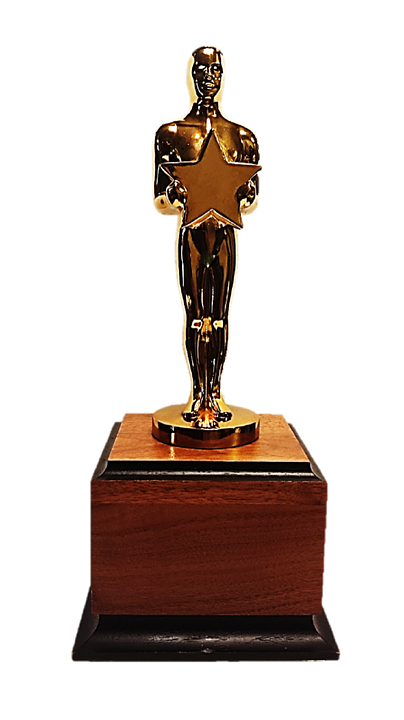Since the invention of television, the medium has evolved tremendously. From classic sitcoms to the latest streaming hits, TV shows have undergone transformative changes over the years, both in terms of content and how they are consumed. Let’s take a journey through the various stages of television’s evolution and examine how it has shaped the way we watch and enjoy our favorite shows.
The Golden Age of Television marked the beginning of the revolution, starting in the 1950s. Classic sitcoms like “I Love Lucy,” “The Honeymooners,” and “Leave It to Beaver” captivated audiences with their witty writing and lovable characters. These shows focused on relatable family dynamics and provided innocent and wholesome entertainment for viewers. Back then, television was limited to a handful of channels and was a shared experience, bringing families together in front of the small screen.
As television advanced into the 1960s and 1970s, dramas like “The Twilight Zone,” “The Outer Limits,” and “The Fugitive” began to push boundaries and explore thought-provoking themes. These shows delved into the world of science fiction and crime, often challenging societal norms and expectations. With the rise of color television, the visual landscape of shows became more vibrant, enhancing the viewing experience for audiences.
The 1980s and 1990s saw the emergence of iconic shows that still resonate with audiences today. Sitcoms like “Cheers,” “Friends,” and “Seinfeld” became cultural phenomena, with characters and catchphrases embedded in our collective memory. These shows showcased the power of ensemble casts and sharp writing, providing a much-needed escape from the real world.
As we entered the new millennium, television entered a new phase with the advent of streaming platforms. Shows like “The Sopranos” and “The Wire” pushed the boundaries of storytelling and character development, blurring the line between film and television. These shows introduced complex narratives and explored the dark underbelly of human nature, captivating audiences around the world.
With the rise of platforms like Netflix, Hulu, and Amazon Prime, the way we consume television has drastically changed. Streaming services allow for binge-watching, enabling viewers to devour entire seasons in one sitting. This shift has also given rise to a new wave of creative storytelling, as streaming platforms offer more freedom to producers and directors to experiment with content, resulting in shows like “Stranger Things,” “The Crown,” and “Breaking Bad.”
Furthermore, streaming services have embraced diversity and inclusivity, providing opportunities for underrepresented voices. Shows like “Pose,” “Orange is the New Black,” and “One Day at a Time” explore issues such as race, sexual orientation, and social justice, challenging norms and broadening perspectives.
The evolution of TV shows has not only impacted the content and delivery but has also transformed the way we engage with them. Television is no longer confined to a particular time slot or location; it has become an on-demand experience. With the ubiquity of smartphones and tablets, we can now watch our favorite shows on-the-go, turning any place into a potential viewing experience.
In conclusion, the evolution of TV shows from classic sitcoms to streaming hits has been a fascinating journey. From the shared family experiences of the Golden Age to the groundbreaking storytelling of the present day, television has continuously evolved, reflecting the changing times and shifting tastes of audiences. As technology advances and new platforms emerge, it is certain that the future of television holds even more exciting possibilities.


Great article! I appreciate the clear and insightful perspective you’ve shared. It’s fascinating to see how this topic is developing. For those interested in diving deeper, I found an excellent resource that expands on these ideas: check it out here. Looking forward to hearing others’ thoughts and continuing the discussion!
What a great read! The humor was a nice touch. For further details, click here: READ MORE. Let’s chat about it!